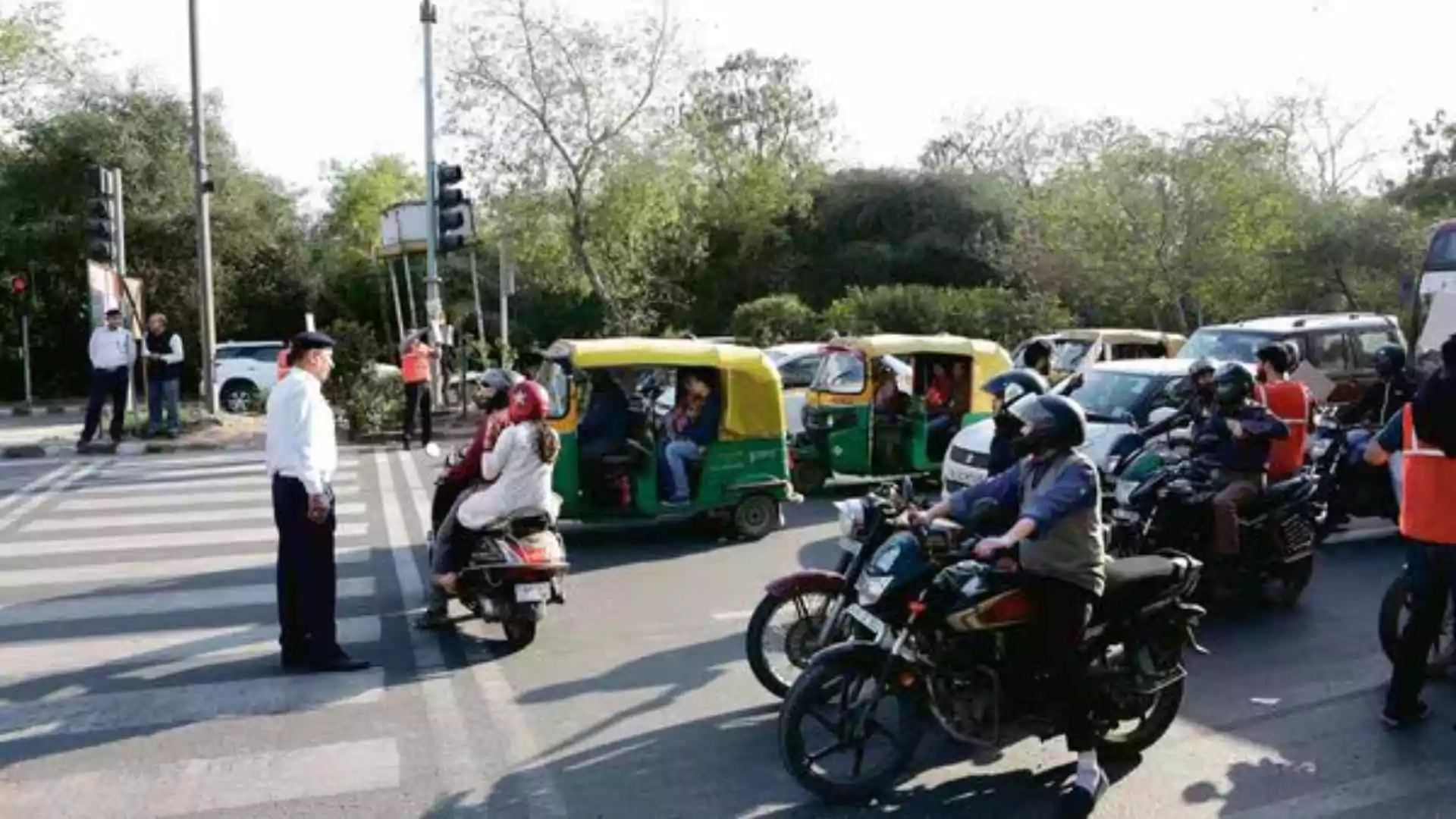With the start of the new financial year on April 1, motorists with pending e-challans might face stricter consequences, including the suspension or even confiscation of their driving licenses. The government is tightening traffic regulations to ensure better compliance and improve the recovery of pending fines.
Licence Suspension for Pending E-Challans
According to a report by News18, drivers with pending e-challans older than three months could have their licenses suspended for up to three months. Additionally, motorists who receive three challans within a financial year for red light violations or reckless driving may also face a three-month suspension of their driving privileges.
HT has not independently verified this information.
Why the Crackdown?
The government’s decision comes amid concerns over the low recovery rates of e-challans. Currently, only 40% of the issued fines are being paid by citizens. To enforce stricter compliance, authorities are considering increasing insurance premiums for vehicle owners with two unpaid challans from the previous year.
However, officials acknowledge that some challans remain unpaid due to technical errors or delayed notifications. To address this, a standard operating procedure is in the works to ensure vehicle owners receive timely alerts about pending fines. Additionally, the government plans to establish minimum specifications for traffic cameras to improve accuracy in issuing challans.
Where Does Your State Stand on Challan Recovery?
The data on challan recovery rates highlights stark differences across states:
- Delhi: The lowest recovery rate, standing at just 14%.
- Karnataka: Slightly better at 21%.
- Tamil Nadu & Uttar Pradesh: Both states have a recovery rate of 27%.
- Maharashtra & Haryana: Among the best performers, with recovery rates of 62% and 76%, respectively.
AI-Powered Crackdown on Traffic Violations in Delhi
To enhance enforcement, Delhi Traffic Police has introduced an advanced AI-powered 4D radar interceptor. This high-tech system is capable of detecting multiple traffic violations, including overspeeding, not wearing seat belts, and using mobile phones while driving.
An official confirmed that the system will issue automated e-challans without human intervention, as reported by PTI. The interceptor, mounted on police vehicles, comes equipped with a 360-degree rotatable Automatic Number Plate Recognition (ANPR) camera and an advanced radar system that uses radio wave technology to track vehicle speeds.
Additionally, the system is integrated with the National Informatics Centre (NIC), ensuring seamless generation of e-challans and swift enforcement of traffic rules. Authorities hope that such technological advancements will significantly improve compliance and road safety.
With these new regulations coming into effect, vehicle owners are urged to clear their pending challans and adhere to traffic laws to avoid penalties. The government’s stricter stance is a clear signal that traffic violations will no longer be taken lightly.




















